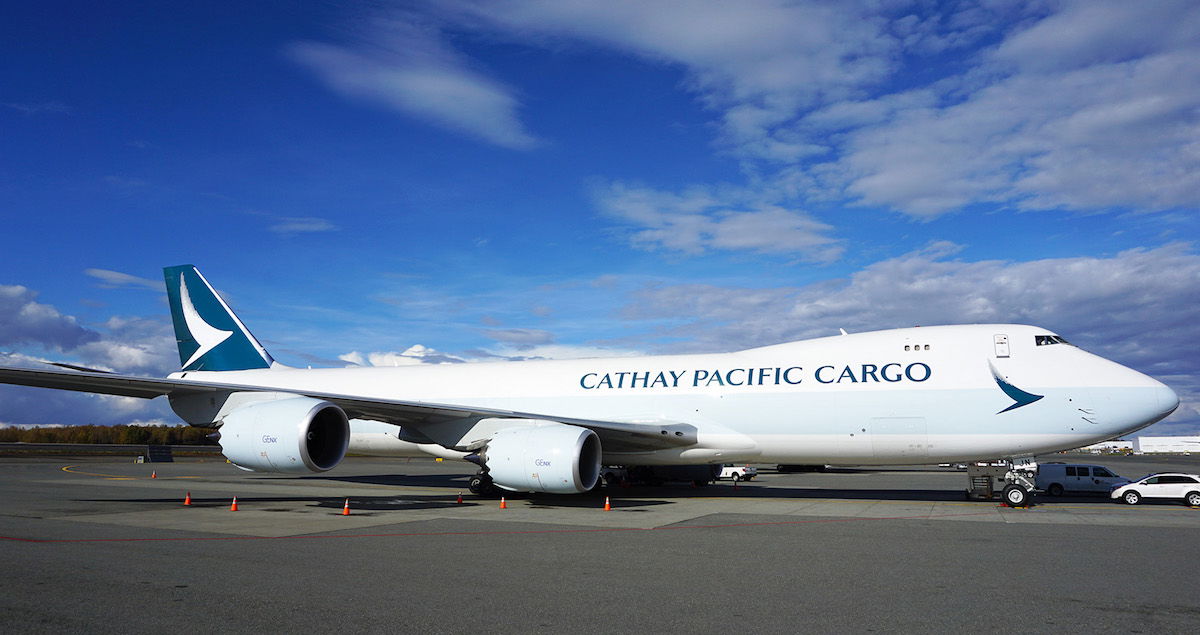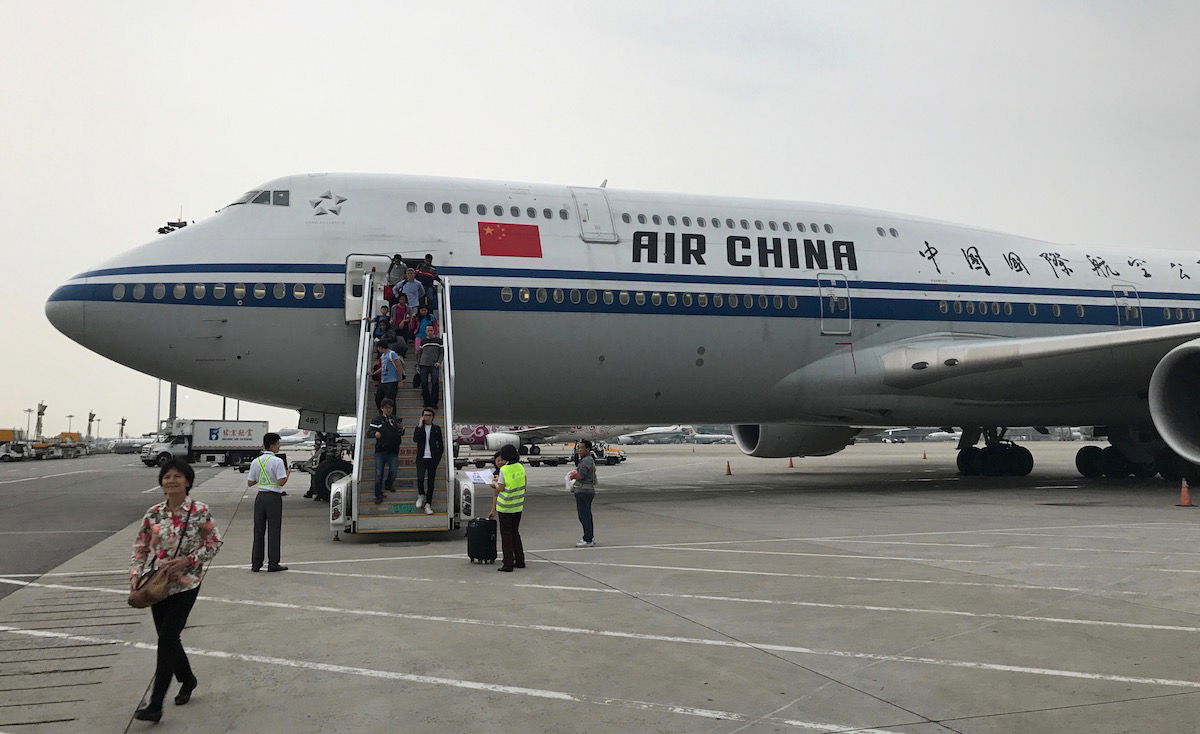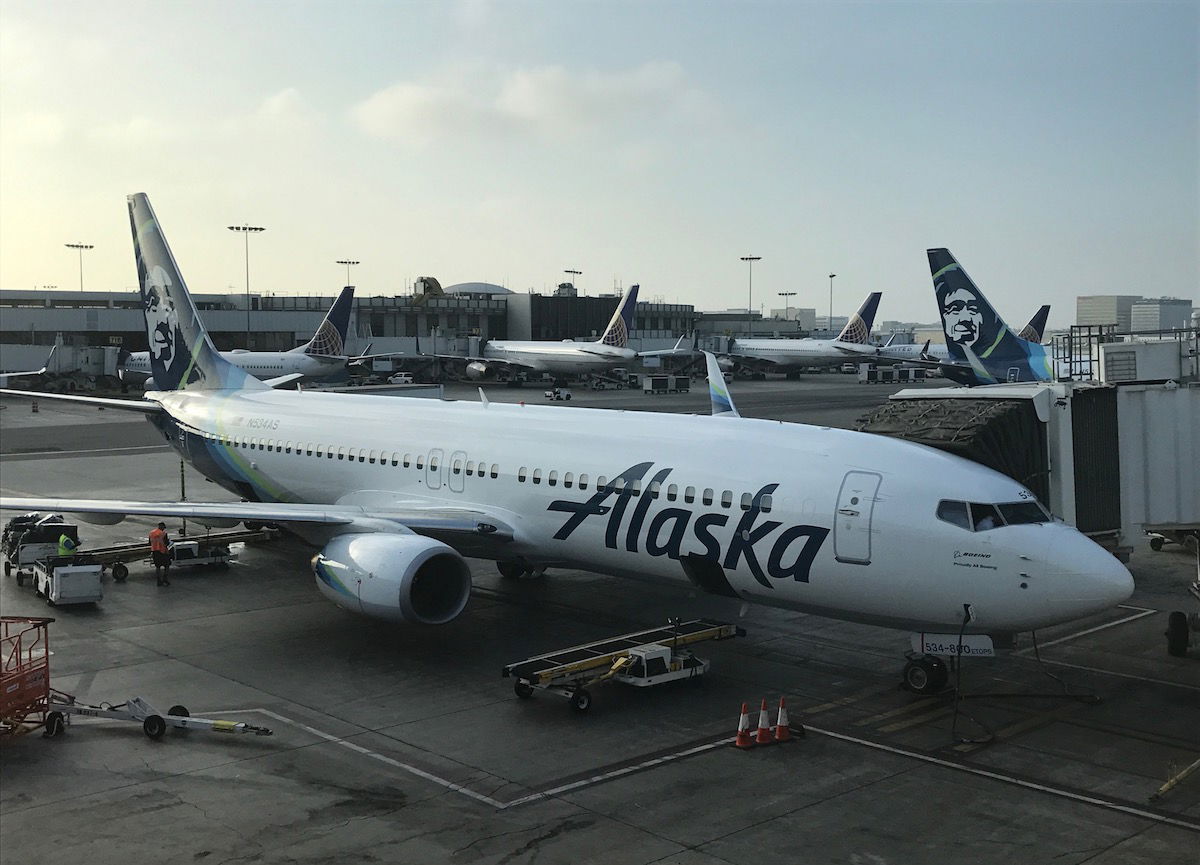Alaska Wants To Become A Global Airline Hub (original) (raw)
Ted Stevens Anchorage International Airport is a major global hub for cargo. The airport has the goal of becoming a global hub for passenger traffic as well.
Back in August I wrote about the permission that the state was seeking for the airport from the US Department of Transportation, and that has now been granted. So let’s go over what that means.
- Alaska is a major air cargo hub
- Alaska has renewed its cargo authority
- Alaska wants to become a global passenger hub
- The avgeek in me loves this, but…
- Bottom line
Alaska is a major air cargo hub
Anchorage Airport has long been one of the biggest air cargo hubs in the world. The airport has an ideal location for cargo crossing the Pacific, since you’d generally fly over Alaska while enroute from North America to Asia. Living in Miami, I’ve typically seen at least one cargo 747 per day coming from Anchorage.
While Anchorage has long been one of the top five cargo hubs in the world, during the pandemic the airport on some days took the top spot for being the all around busiest airport in terms of the number of aircraft movements.
The airport has certainly benefited from the increased cargo demand in recent months, as the demand for passenger traffic has declined.
Alaska has renewed its cargo authority
Back in August the state of Alaska filed with the Department of Transportation to renew and amend its exemption for expanded transfer authority and expanded air services for at least two years. This applies to “Alaska International Airports,” which includes the airports in Anchorage and Fairbanks (with the Anchorage one getting a lot more traffic).
This allows for both foreign and US airlines to engage in expanded cargo transfer activities at Alaska International Airports.
This is perhaps most easily explained in the form of an example. This means that two Cathay Pacific Cargo 747-8s could fly from Asia to Anchorage, and then in Anchorage they could transfer some cargo between the planes, before continuing to other points in the US (say Atlanta and Miami, for example). This requires a special authority, because usually foreign airlines couldn’t transfer cargo before operating what’s for all practical purposes a domestic flight.
Well, this week the Department of Transportation has extended this authority, which doesn’t come as much of a surprise. It’s the other part of what has been approved that’s much more interesting.
 Anchorage Airport is a huge cargo hub
Anchorage Airport is a huge cargo hub
As part of the same filing, Alaska had requested significant exemptions from the Department of Transportation for passenger traffic as well, and these have been approved.
This was requested in order to “maintain and enhance the competitive position and profile of the State of Alaska and the Alaska International Airports as highly desirable and advantageous points of transit, transfer, and transshipment of international air cargo and passenger traffic.”
The state was seeking the following exemptions for foreign airlines, with the key update being that the term “passengers” was added (most of these exceptions previously only applied for cargo):
- To transfer cargo and passengers from any of their aircraft to any of their other aircraft (i.e., on-line cargo transfers), provided that both aircraft are operating to/from a point in the carrier’s homeland;
- To make changes, at points in Alaska, in the type or number of aircraft used to transport cargo and passengers, provided that in the outbound direction the transportation beyond Alaska is a continuation of the transportation from the carrier’s homeland to Alaska, and in the inbound direction, the transportation to the carrier’s homeland is a continuation of the transportation from behind Alaska (i.e., all forms of change of gauge for cargo and passenger operations, including “starburst” change of gauge);
- To commingle cargo and passengers moving in foreign air transportation with cargo and passenger traffic not moving in foreign air transportation;
- To discharge cargo and passenger traffic in Alaska for transfer to a U.S. carrier for onward carriage to a final destination in the United States or in a third country, and to uplift from Alaska cargo and passenger traffic transferred from a U.S. carrier which was transported by that carrier to Alaska from a point of origin elsewhere in the United States or in a third country (i.e., interline cargo transfers to/from U.S. carriers); and
- To discharge passengers and cargo in Alaska for transfer to another foreign carrier for onward carriage to a final destination in a third country, and to uplift from Alaska passengers and cargo transferred from another foreign carrier which was transported by that carrier to Alaska from a point of origin in a third country (i.e., interline transfers of cargo moving in foreign air transportation to/from other foreign carriers).
If I’m understanding this correctly, the hope is essentially that Anchorage could be a hub for a foreign airline. In other words — and I’m making this example up — Air China could fly to Anchorage from Beijing, Guangzhou, Shanghai, and Shenzhen, and then could offer connecting service from Anchorage to Chicago, Los Angeles, New York, and Washington.
In Anchorage passengers could switch the planes they’re on, meaning that while a plane may fly from Beijing to Anchorage to Chicago, the passenger could transfer onto another Air China flight that’s continuing to another US destination.
There was a precedent for this, as Puerto Rico was granted a similar exception earlier this year. Go figure that not many airlines have actually taken advantage of this yet.
 Could Anchorage become a hub for a foreign airline?
Could Anchorage become a hub for a foreign airline?
The avgeek in me loves this, but…
As an aviation geek, the thought of a major global hub in Anchorage excites me. How cool would it be to see an airline set up shop in Anchorage in the same way that Icelandair does in Keflavik? It would be very cool, and geographically it would make sense as a transpacific hub.
Back in the day Alaska Airlines even operated flights to Russia, which seems unfathomable at this point.
However, in practice going forward I just don’t see this happening:
- Alaska makes sense as a cargo hub, so it seems like airlines are best off still operating all-cargo flights to & from Anchorage
- A lot of global hubs (like San Francisco and Seattle) have big local business markets they can fill long haul flights with, in addition to connecting passengers
- Back in the day a fuel stop in Anchorage was necessary, but with planes like the 787, there’s not really a need for stops anymore
Realistically I just don’t see this making sense. It sure would be cool to see some more transpacific passenger flights to Anchorage, though I’m not sure the transfer authority the state of Alaska is seeking would make much of a difference there.
 Too bad Alaska Airlines doesn’t fly transpacific from Anchorage
Too bad Alaska Airlines doesn’t fly transpacific from Anchorage
Bottom line
The state of Alaska is hoping to replicate its cargo success with passenger traffic as well. The airline requested this permission from the US Department of Transportation back in August, and it has now been granted. Now we just have to wait for airlines to express interest. 😉
While there are lots of questions about what future airline route networks will look like, I have a hard time envisioning many airlines taking advantage of this opportunity.
What do you think — is there any chance that an airline could turn Anchorage into an international passenger hub?